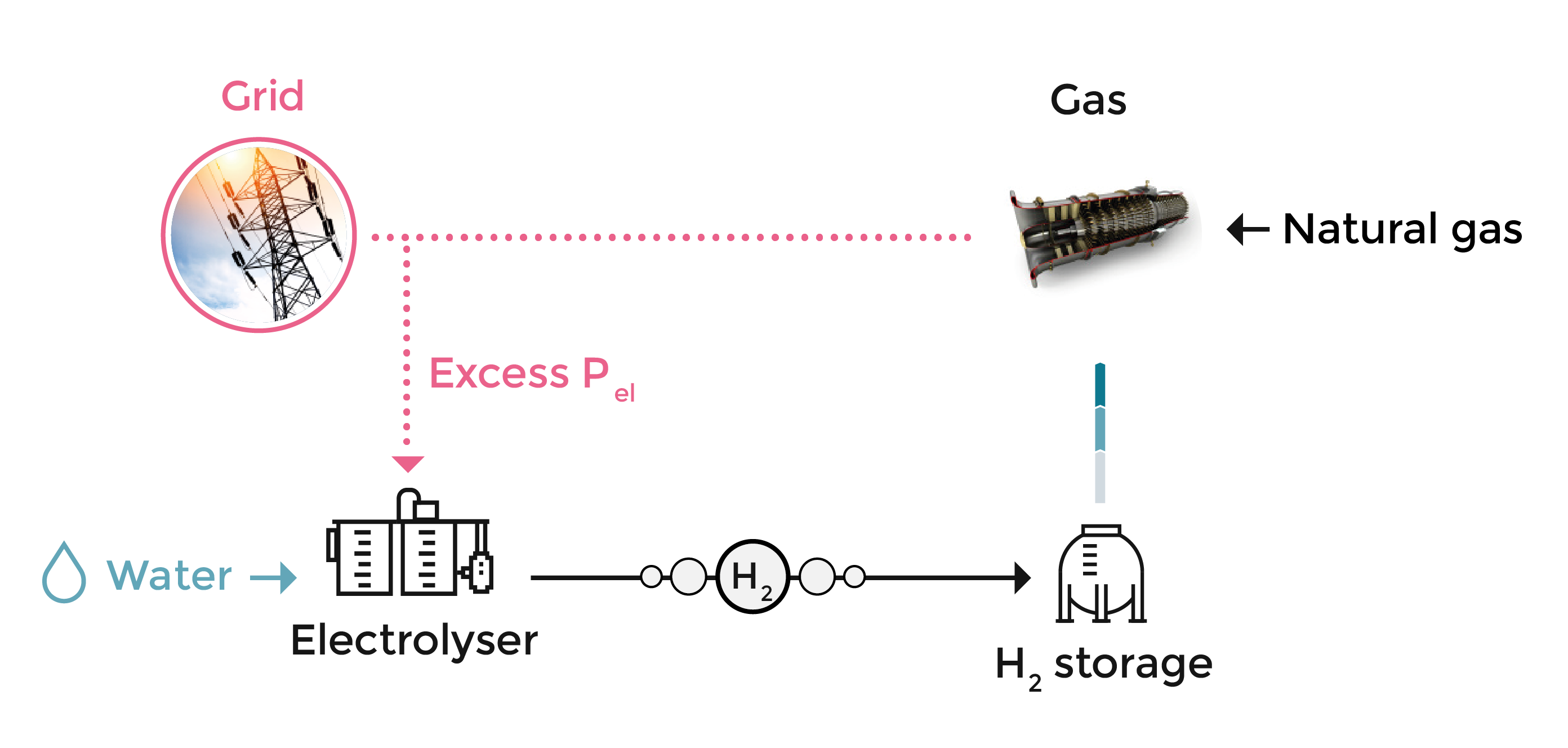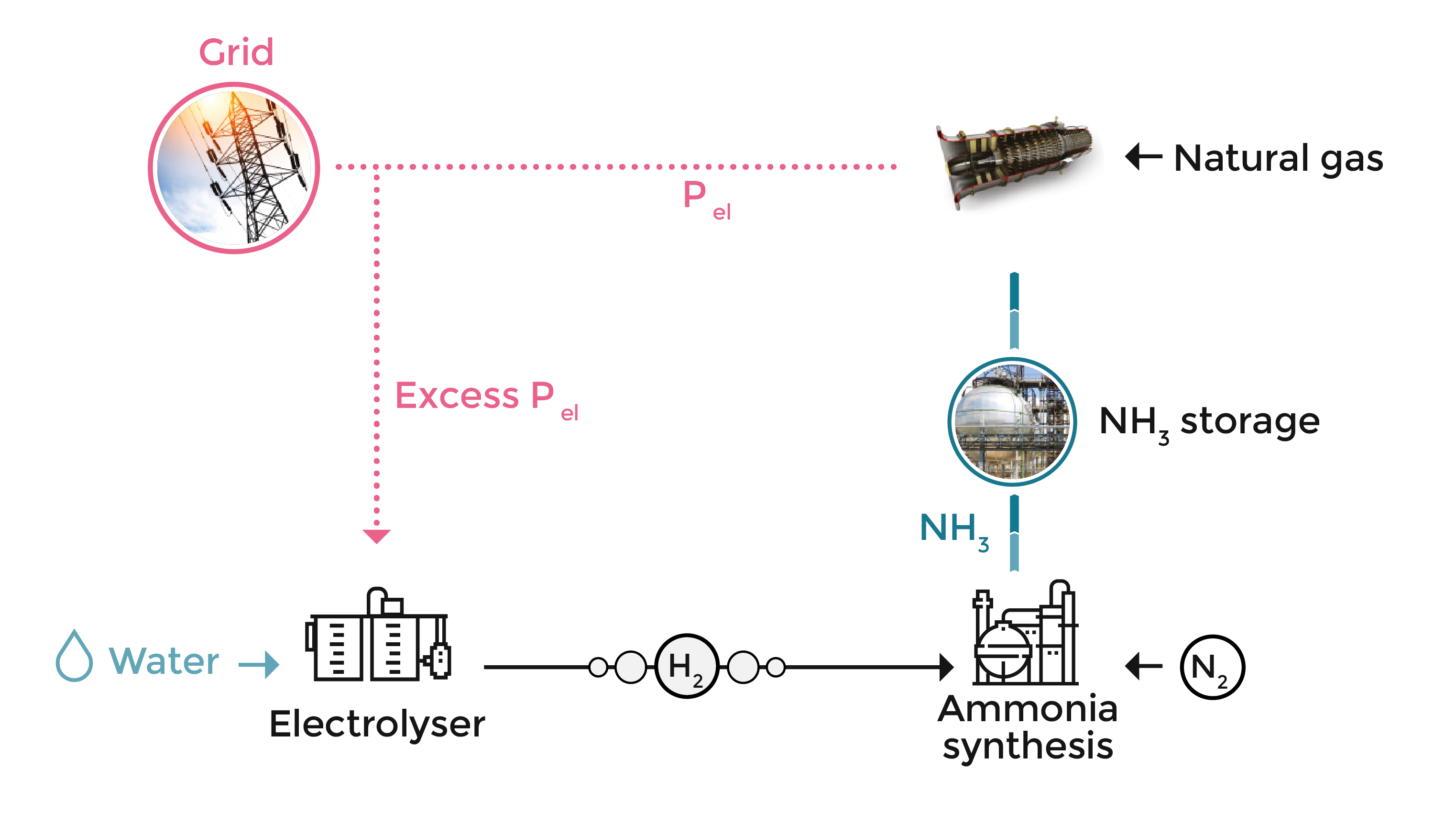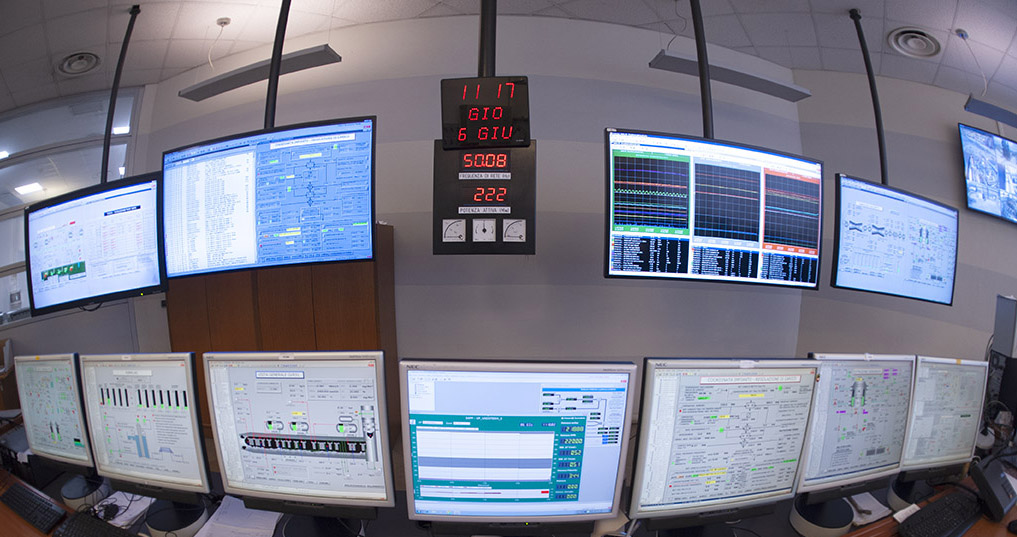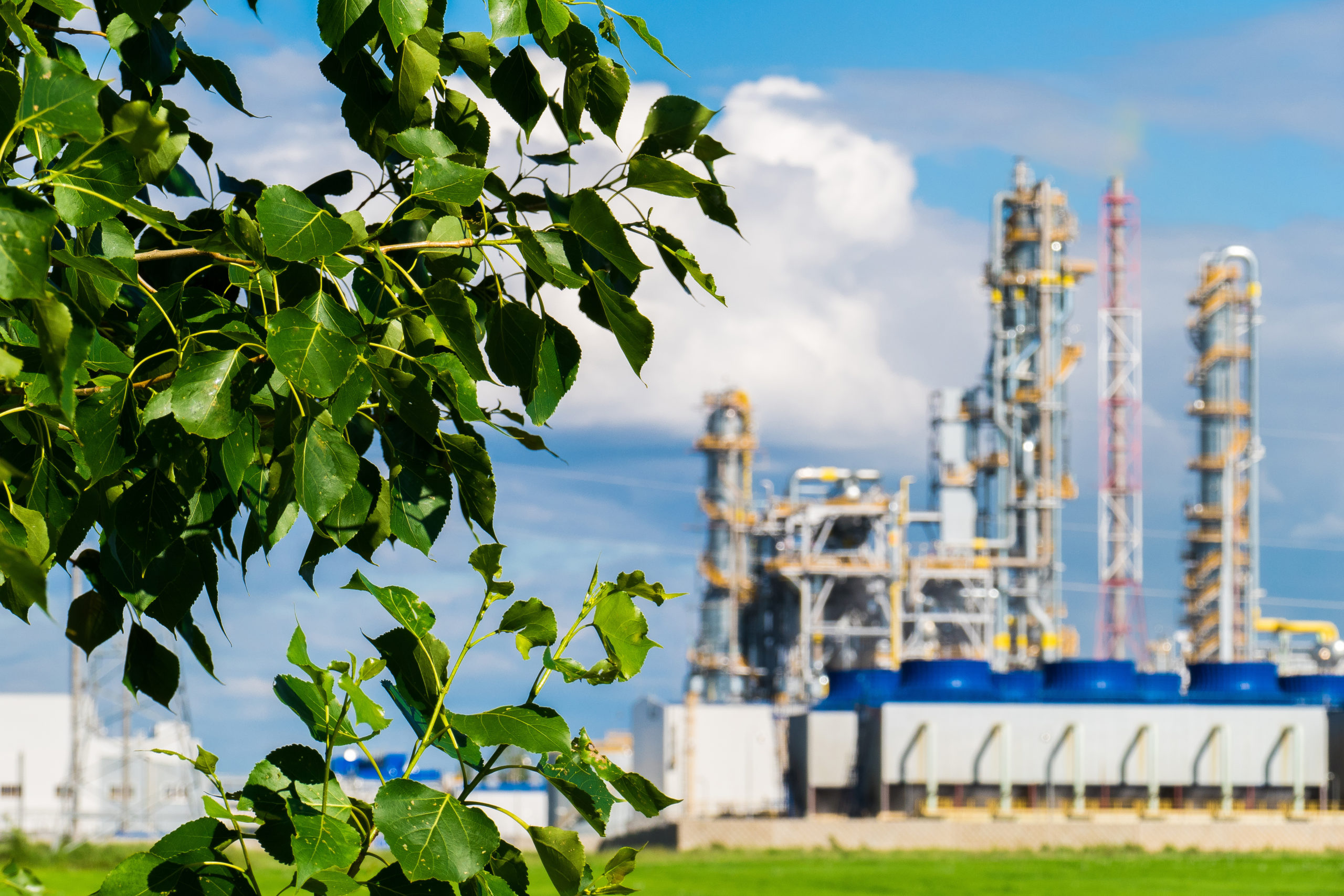Development, integration and demonstration of power to hydrogen solution to increase the EDP’s Ribatejo combined cycle power plant flexibility. This would increase the power plant flexibility and efficiency, while decreasing the GHG emissions and the use of natural gas.
Target: 1000 operating hours for the Power to Hydrogen solution connected with the combined cycle power plant.






